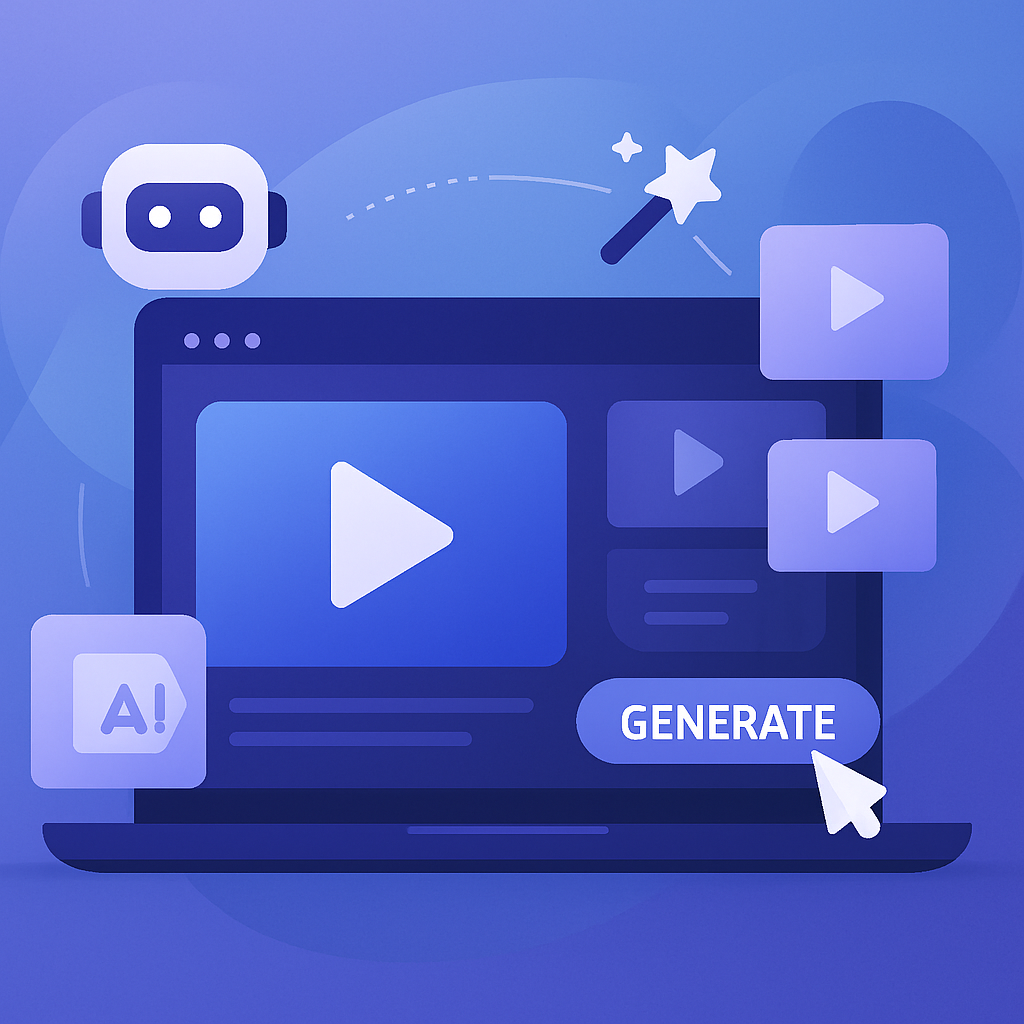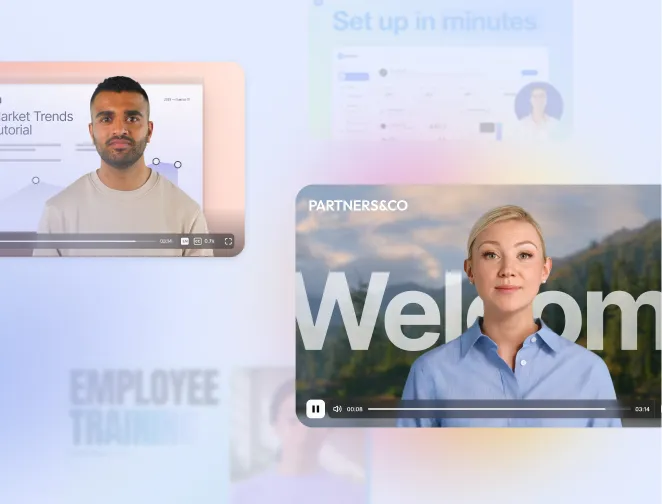
AI Dubbing set to transform how businesses localize video at scale
Create AI videos with 230+ avatars in 140+ languages.
Today, Synthesia is releasing AI Dubbing, a new product available on our platform that speeds up and reduces the costs of localizing video, while offering enterprise-grade security through Secure Editing, a unique feature that allows businesses to manually tweak machine translations while keeping the meaning of the video intact.
For too long, high-quality dubbing and translations have been used only in million-dollar productions. But at Synthesia, we believe more content deserves to be heard in every language, whether it’s a technical training video or a slightly awkward webinar.
Thanks to our advanced lip sync technology based on the EXPRESS family of AI models, you no longer need a Hollywood budget to go global. Any business can now reach international audiences with AI-powered dubbing, whether it’s webinars, training videos, onboarding guides, and compliance explainers — the kind of content that keeps companies moving and people aligned.
Tackling localization through the understanding paradigm
Most businesses think localization is about language. We believe that it’s actually more about understanding and that, once you see it that way, the real problem becomes clear.
A video created in English might technically be available to a global audience, but that doesn’t mean it works. People can watch a video without truly understanding it. They can read subtitles and still miss the message. They can access the content, yet remain disconnected from its meaning. And when understanding breaks down, so does everything else: training doesn’t stick, products are misunderstood, teams fall out of sync, or customers leave.
Only about 18% of the world’s population speaks English, and just 6% speak it natively. That means over 80% of your global audience is either working in a second language or not engaging at all. And in business, partial understanding isn’t enough. A missed sentence in a compliance video, a misunderstood instruction on a factory floor. These aren’t inconveniences, they’re risks.
In fact, a study by the Institute for Work & Health found that non-native speakers are up to 50% more likely to experience workplace safety incidents. Another report from the European Agency for Safety and Health at Work linked poor language comprehension directly to training gaps and preventable injuries.
But businesses don’t skip localization because they don’t care. They skip it because the whole workflow is outdated: it’s too slow, it’s too expensive, and too disconnected from how content is created.
It works like this: you record a video in one language. Then someone has to extract the script, translate it, record new voiceovers, re-edit the visuals, produce separate versions for each market, and manage it all. Any time the content changes, the whole process has to start again.
As a result, localization gets reserved for the biggest campaigns or the high-visibility work such as external marketing or flagship product launches. Everything else is deprioritized, meaning internal training, webinars, onboarding videos or technical product demos stay unilingual. Not because these videos aren’t important, but because the cost and complexity of localizing them feels too high.
The cost and complexity of manually localizing the day-to-day content that actually runs the business has meant that, until now, that type of content was produced in only one language, even when the people it was meant for didn’t speak that language fluently. And that’s where the real risk lies. Because the videos that don’t get localized are often the ones that carry the most operational weight. The things people need to learn, follow, understand, and act on.
Introducing AI Dubbing
AI dubbing from Synthesia removes the trade-offs that made localization for business slow and expensive. Now, you can translate any video into any language, without sacrificing clarity, tone, or intent.
Instead of spinning up a new project for every language, you start with the video you already have. AI transcribes the script, translates it into over 30 languages, and generates a new voiceover that sounds like the original speaker. The voice matches tone, pacing, and even lip movement. The result is a version that feels like it was made in that language from the start, not a translation layered on top.
But speed and scale aren’t enough. In business, accuracy matters. A small change in tone or wording can alter the meaning of a policy, a training video, or a message from leadership.
That’s why AI Dubbing comes with Secure Editing for enterprise customers. It lets you correct mistakes or update your translated videos, but it won’t let the meaning of your message change. This protects you from things like deepfakes or someone twisting your words. You can still fix errors, make things clearer, and translate at scale, without worrying that your message will end up saying something you didn’t mean.
And because all versions live in one player, there’s no need to manage ten different files across ten different platforms. One link works for everyone.
The voice stays authentic and the message stays yours.
The real-world benefits of AI Dubbing
Once localization is no longer a bottleneck, everything changes.
Content that used to be created for one region can now work everywhere: internal training becomes truly global, sales teams stay aligned across markets, product knowledge travels faster, and compliance risks shrink.
Launches hit every region at once, not in staggered waves, and employees feel like they’re part of the same company, not an afterthought to it.
You no longer need to compromise between speed and quality. You don’t have to choose between scale and control. You don’t need to limit what gets localized to just a handful of polished assets. Every video can be available in every language without losing its voice or intent.
That’s not a marginal improvement, it’s a shift in what content can do.
AI Dubbing turns video from something you make for a market into something that adapts to every market. It makes understanding the default, not the exception.
And when understanding becomes the norm, you don’t just move faster. You operate smarter, scale quicker, and compete more effectively in every market.
Localization for everyday content is finally within reach for all businesses thanks to Synthesia.
About the author
Senior Product Manager
Anton Bondarenko
Anton Bondarenko is a Senior Product Manager at Synthesia.












